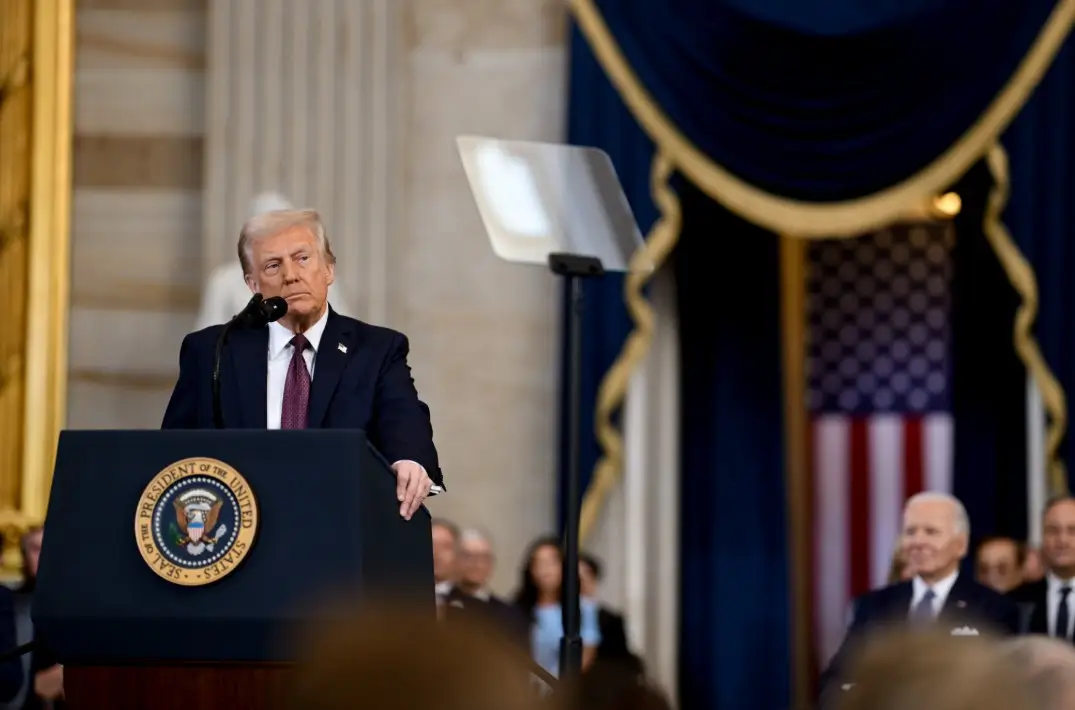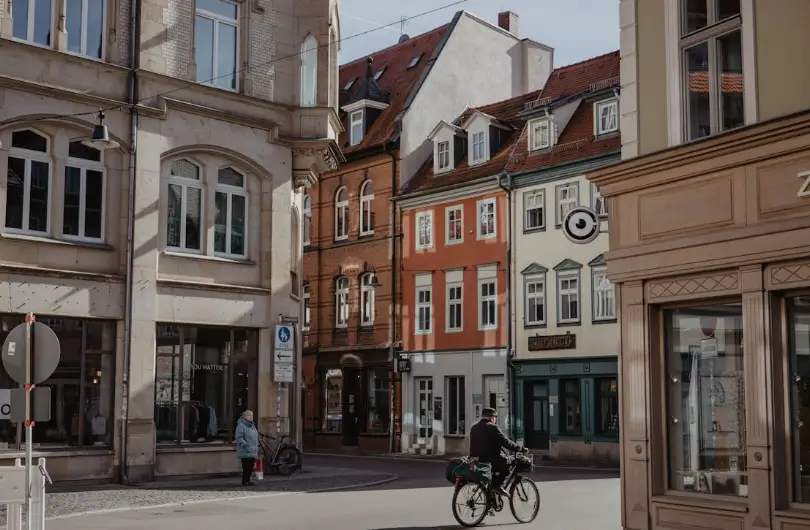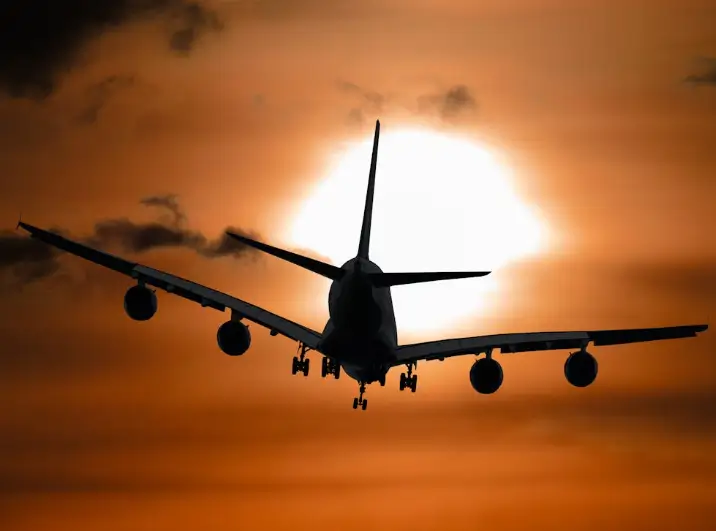We’ve all done it.
Stood at a crosswalk, phone in hand, pretending not to notice the car inching forward.
That half-second of hesitation, the quiet question: Will they stop?
Sometimes they do. Sometimes they don’t.
And in that tiny moment of doubt lives the reason Vision Zero exists.
What Vision Zero really means
Vision Zero starts with a simple but radical idea: no one should die in traffic.
Not a child on a bike.
Not a pedestrian crossing the street.
Not a driver just trying to get home.
No one.
That’s it. That’s the goal.
It’s not about lowering numbers or setting targets.
It’s about refusing to treat death as an acceptable cost of moving through a city.
The name comes from Sweden, where in the 1990s, planners and policymakers decided that traffic deaths weren’t “accidents”, rather they were failures of design.
If people make mistakes (and we always will), the systems we build should make sure those mistakes don’t kill us.
And that idea changed everything.
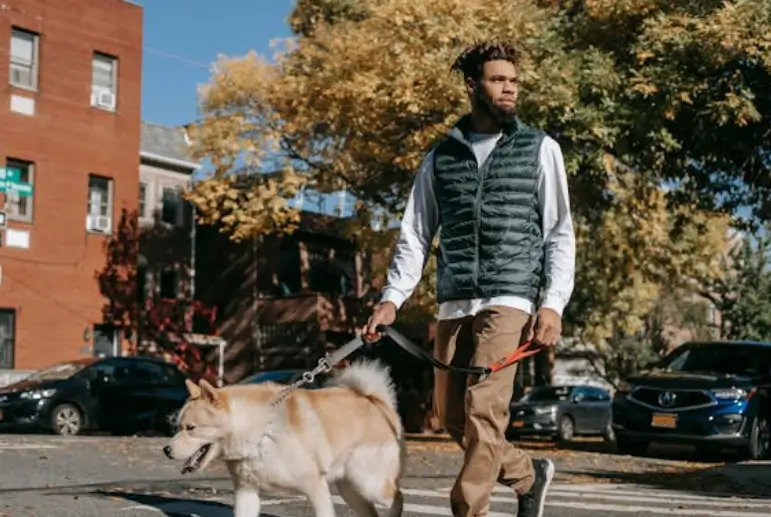
The world followed
Sweden’s road deaths dropped dramatically.
Soon, cities across the globe began adopting Vision Zero. Cities like New York, Portland, Toronto, London, and more.
But the real revolution wasn’t just about speed limits or crosswalks.
It was a moral one.
Vision Zero says human life outweighs convenience.
It asks cities to slow down...literally...and design for survival, not speed.
Because every mile per hour faster a car goes, the odds of someone dying rise sharply.
And yet, for decades, we’ve paved and widened and sped up, chasing efficiency, while quietly normalizing tragedy.
The uncomfortable truth
Every year, roughly 40,000 people die on U.S. roads.
Read that again...40,000 people.
That’s the population of a small city, gone, annually.
We treat it like weather.
“Oh, that’s tragic,” we say. “But that’s life.”
Except it’s not. It’s design.
Most crashes happen on roads we already know are dangerous, oversized arterials cutting through neighborhoods, streets where people walk because they have to, not because it’s safe.
And it’s not random. The burden isn’t equal.
Low-income communities and people of color are far more likely to die in traffic crashes.
Their streets have fewer crosswalks, poorer lighting, higher speeds, and less political pull.
And policy shows that that’s not a coincidence.
The heart of Vision Zero
Vision Zero blames systems rather than individuals.
It looks at roads and says:
If people are dying here, we designed it that way.
It’s about lowering speeds where people live.
It’s about better crosswalks, protected bike lanes, visible lighting, curb extensions, and laws that put life before convenience.
But it’s also about culture.
Because no redesign matters if we still treat driving fast as normal.
Vision Zero asks all of us to share responsibility. That includes planners, drivers, cyclists, pedestrians, lawmakers.
It’s not about guilt. It’s about care.
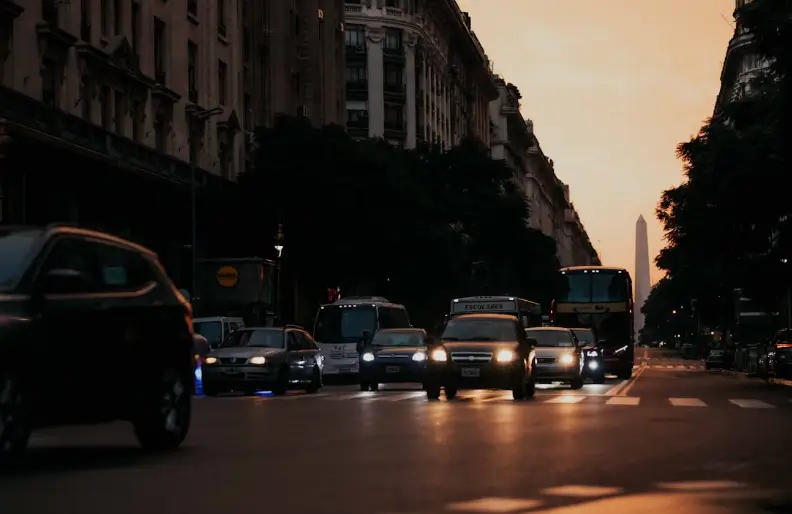
Why it matters for all of us
Because we’ve all felt it. That brief flash of fear when crossing the street, walking your dog, pushing a stroller, or biking to work.
We shouldn’t need courage to cross the road.
And yet, here we are, living in an advanced country where we measure success by how fast traffic moves, not by how many people get home alive.
Vision Zero is about flipping that script.
It’s about believing that our cities can be both moving and human.
That safety isn’t just for certain zip codes.
Vision Zero is a promise that a mistake behind the wheel, or on the sidewalk, shouldn’t mean someone doesn’t make it home.
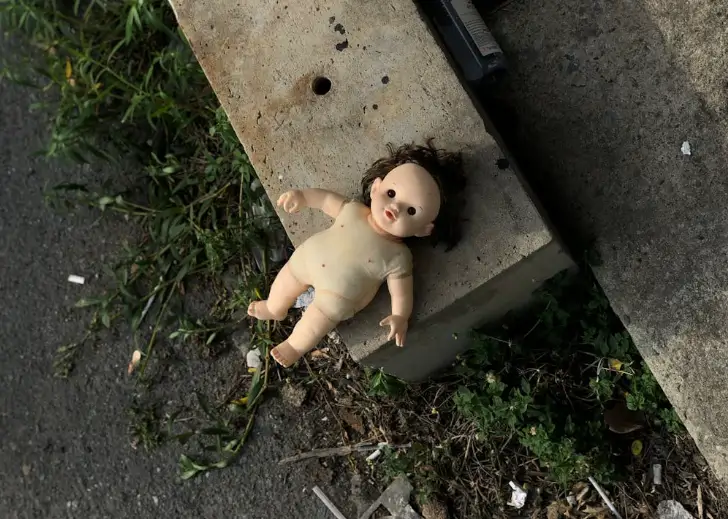
The obstacles
However, Vision Zero has large obstacles to overcome.
It takes money, patience, and political will.
It means narrowing lanes, adding signals, slowing traffic, things people often resist.
You’ll hear: “That’ll cause congestion.”
Yes. It might.
But so does a fatal crash.
You’ll hear: “People just need to be more careful.”
But Vision Zero says, no one should have to be perfect to stay alive.
What you can do
You don’t need to be a planner to make this real.
Start with your street.
- Speak up when you see unsafe intersections.
- Ask your city for crosswalks, traffic calming, bike lanes, speed reductions.
- Support policies that prioritize people over speed.
- When you drive, slow down, truly slow down.
- Treat every pedestrian like they matter. Because they do.
Each small act of attention adds up.
The deeper truth
Vision Zero isn’t just a transportation policy. It’s a reflection of how much we value life, and each other.
It asks us to reimagine streets as shared space where human life takes precedence over efficiency.
And maybe that’s the hardest part, unlearning the idea that speed equals progress.
Because sometimes, the most civilized thing a city can do is slow down.
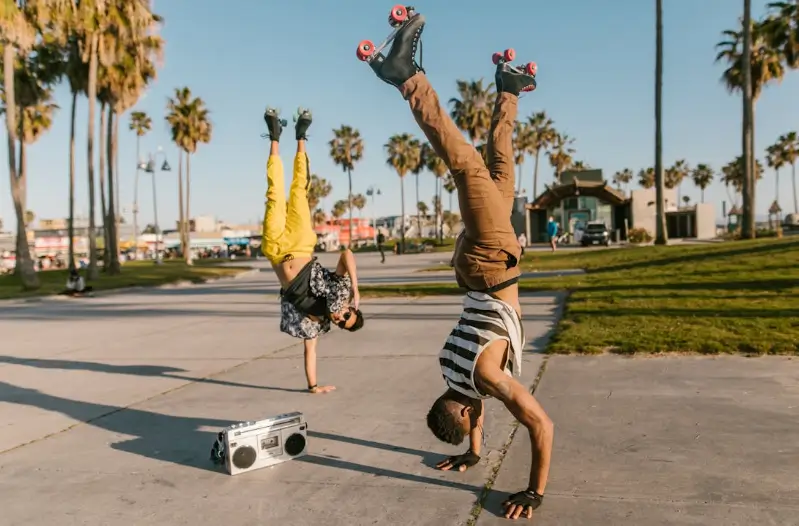
Closing thought
We can’t call ourselves advanced if we accept preventable death as the price of convenience.
Vision Zero isn’t about perfection. It's really about humility.
That kind of humility that remembers every person on that road is someone’s child, parent, or friend.
A city built on that truth may be slower...but it's also wiser, safer, more caring, and more honorable.
And you know what? That’s the kind of progress worth protecting.
%20(1200%20x%20237%20px)%20(300%20x%2059%20px).webp)
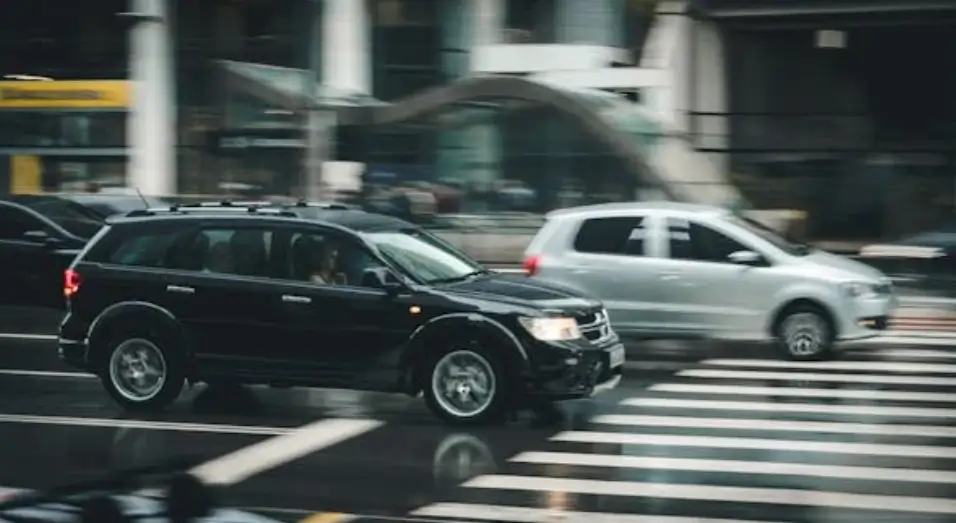
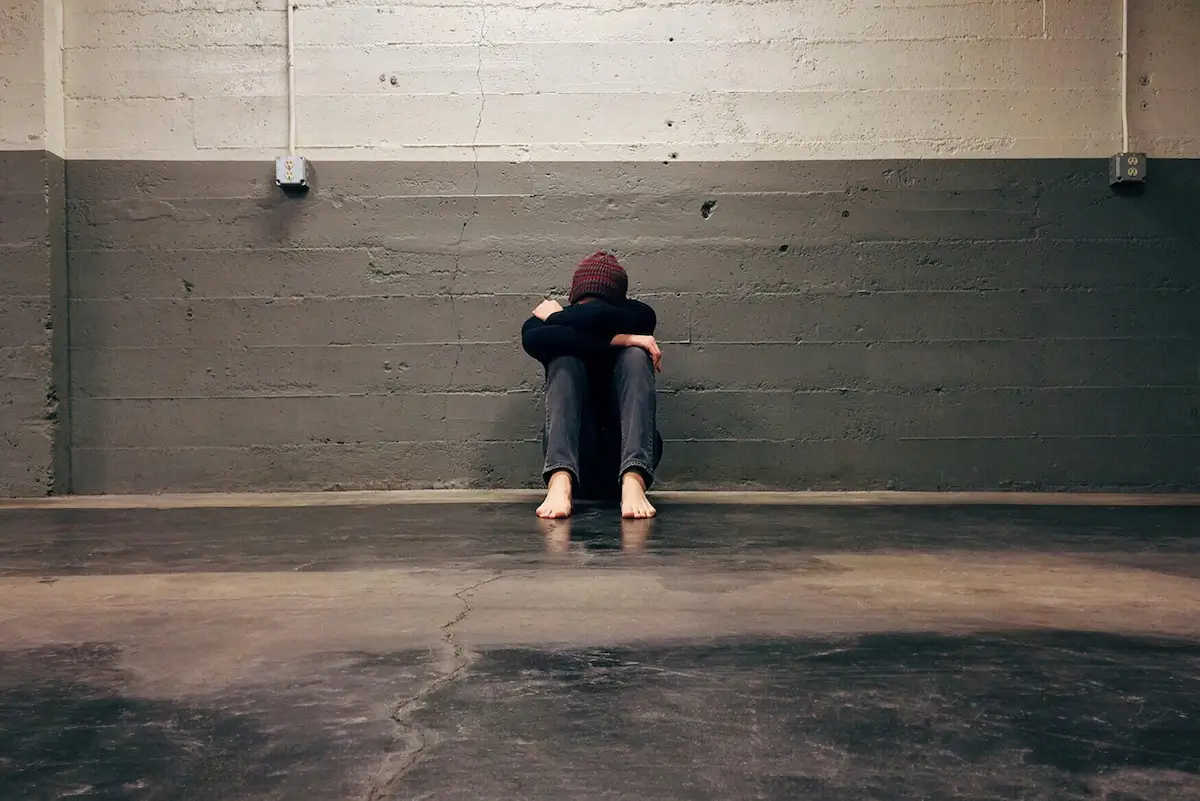
.webp)
